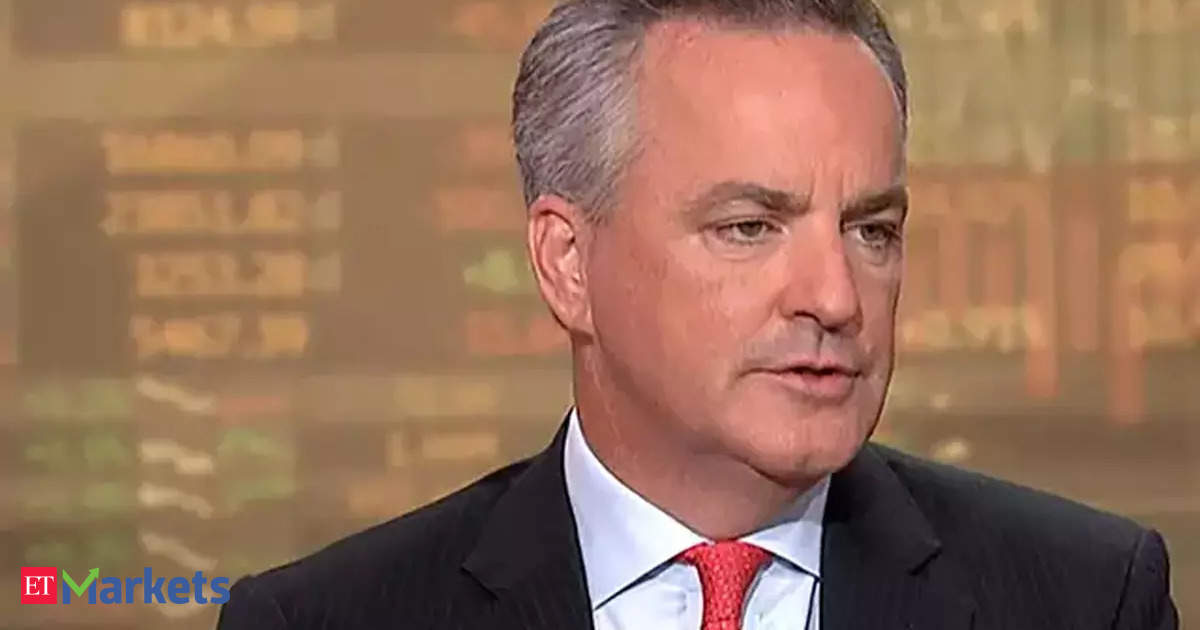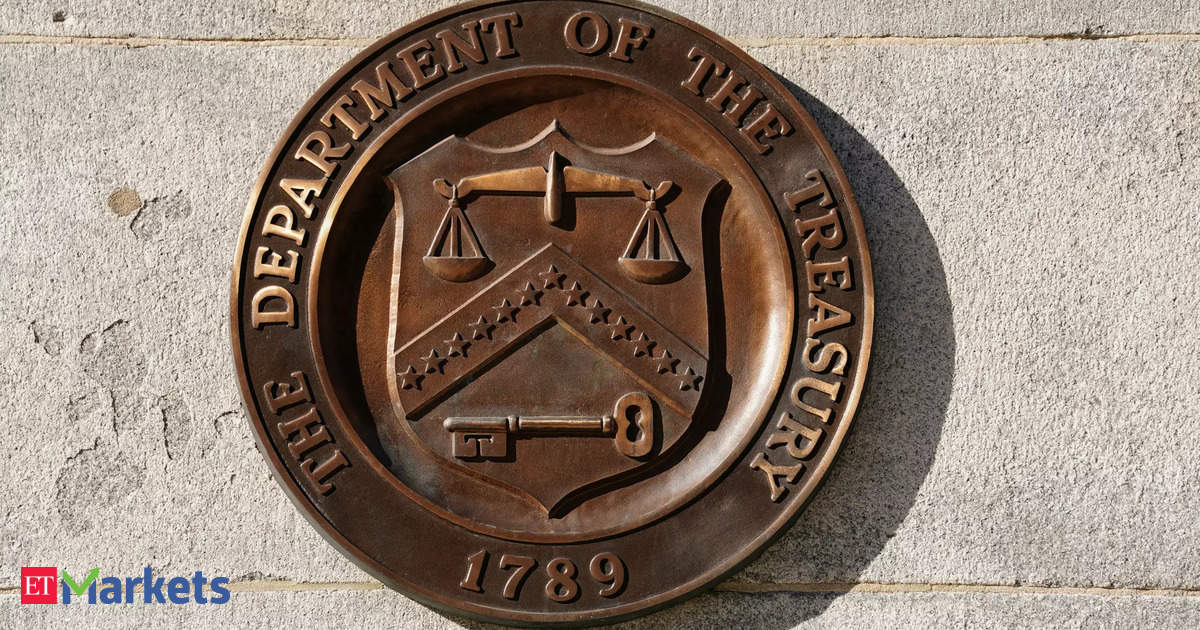Adrian Mowat discusses the Fed’s dot plots, rate cut expectations, bond market risks, and equity market trends. Despite concerns like yield curve inversion, the market shows resilience driven by strong economic data and a broadening global equity market.
Wall Street’s main stock indexes rallied on Friday as bond yields fell sharply after data showed signs of slowing U.S. jobs growth and an uptick in unemployment, boosting hopes that the Federal Reserve is done with its interest rate hiking campaign. Nonfarm payrolls increased by 150,000 jobs in October, much less than the expected 180,000 increase, partly due to strikes at Detroit’s Big Three automakers. Data for the last month was revised lower to show an increase of 297,000 instead of 336,000. The jobs data also helped push U.S. Treasury yields lower for the fourth consecutive session. The move in yields supported stocks. The Dow Jones Industrial Average rose 222.24 points, or 0.66%, to 34,061.32, the S&P 500 gained 40.56 points, or 0.94%, to 4,358.34 and the Nasdaq Composite added 184.09 points, or 1.38%, to 13,478.28. For the week, the S&P 500 gained 5.9%, for its biggest gain since November 2022 and Nasdaq added 6.6%, also showing its biggest gain since Nov. 2022. The Dow showed a weekly gain of 5.1%, its biggest since late October 2022.
Indian bond yields, that have risen 11 basis points since six sessions, are likely to be traded at 7.27%-7.32%, after being ended at 7.2929% last week. The Indian federal govt is planning to raise 320 billion rupees via a bond auction on Friday, including liquid five-year and 14-year notes. The auction and the Fed speech scheduled will be decisive factors of the slow bond yields, considering the reversed role of US yields in recent updates. Fed is expected a 60% chance of 75 bps hike in interest rates, meanwhile international markets look up to RBI to do the same.










